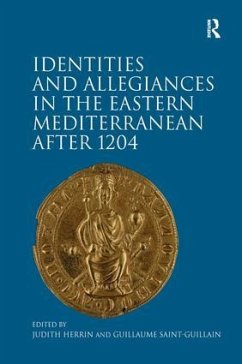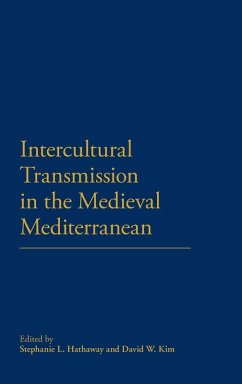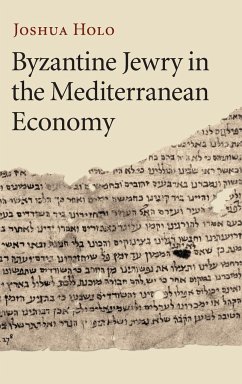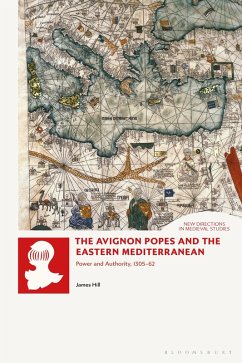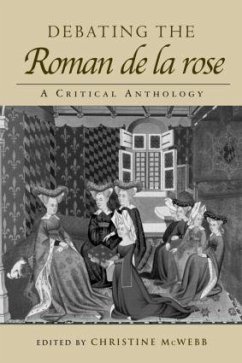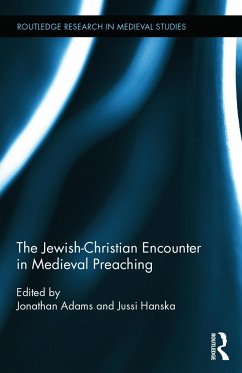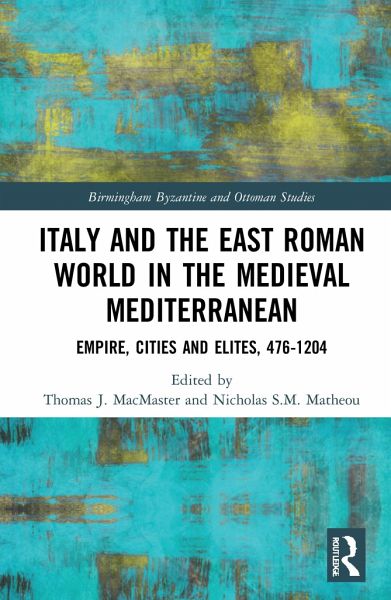
Italy and the East Roman World in the Medieval Mediterranean
Empire, Cities and Elites, 476-1204
Herausgeber: Macmaster, Thomas J.; Matheou, Nicholas S. M.
Versandkostenfrei!
Versandfertig in 1-2 Wochen
186,99 €
inkl. MwSt.

PAYBACK Punkte
93 °P sammeln!
Italy and the East Roman World in the Medieval Mediterranean addresses the understudied topic of the Italian peninsula's relationship to the continuation of the Roman Empire in the east, across the early and central Middle Ages.



